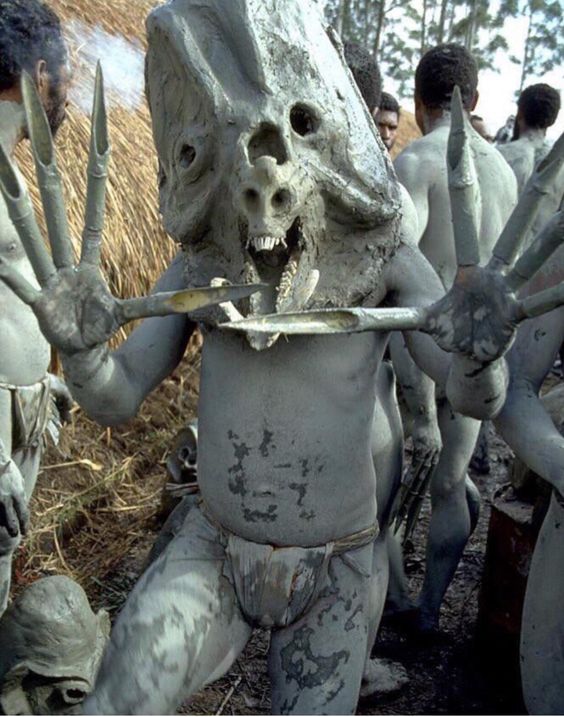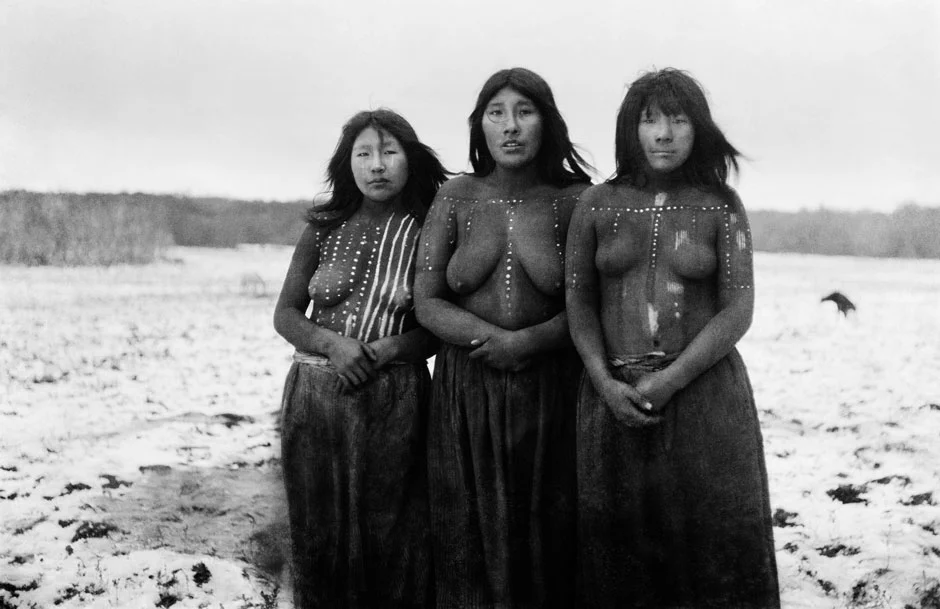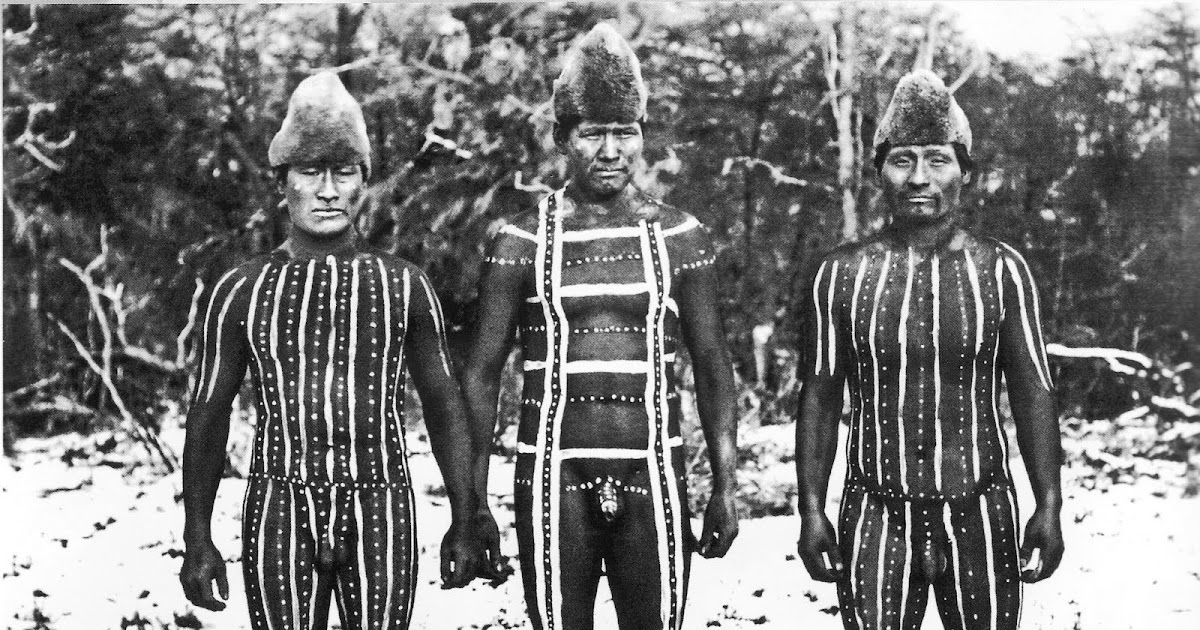Specters of a Civilization: The Haunting of the Selk’nam, Yamana, and Kawésqar Peoples
The history of indigenous peoples is often marked by the haunting specters of lost cultures, stolen lands, and broken traditions. Among the countless examples of marginalized communities, the Selk’nam, Yamana, and Kawésqar peoples of South America stand as poignant reminders of the devastating impacts of colonialism and cultural erasure. This article delves into the haunting legacies of these three indigenous groups and sheds light on the ongoing struggles they face to preserve their heritage.
The Selk’nam, also known as the Ona people, once inhabited the southernmost regions of Argentina and Chile. Renowned for their profound spiritual connection to nature and their intricate ceremonial practices, the Selk’nam lived in harmony with the harsh environment of Tierra del Fuego for thousands of years. However, the arrival of European settlers in the late 19th century spelled the beginning of their tragic decline. The Selk’nam faced violent conflicts, disease, and forced assimilation, ultimately resulting in the loss of their language, traditions, and way of life. Today, only a handful of Selk’nam descendants remain, tirelessly working to revive their cultural heritage and reclaim their rightful place in society.
The Yamana people, who inhabited the archipelago of Tierra del Fuego, shared a similar fate. The arrival of European missionaries and settlers brought with it the relentless encroachment on their lands and the imposition of foreign customs and beliefs. The Yamana, who had thrived in their maritime environment for centuries, were decimated by disease and cultural oppression. Their distinctive language, spoken for thousands of years, now teeters on the brink of extinction, with only a few elderly speakers remaining. Efforts to document and revitalize the Yamana language are underway, led by passionate linguists and community members committed to preserving their cultural legacy.
The Kawésqar people, residing in the fjords and channels of Chilean Patagonia, faced a similar plight. With a deep knowledge of the marine environment and remarkable seafaring skills, the Kawésqar had thrived for centuries as nomadic hunter-gatherers. Yet, the arrival of European settlers disrupted their way of life, as they were forced to abandon their traditional practices and assimilate into a foreign society. The loss of their ancestral lands, combined with cultural suppression, severely impacted the Kawésqar community. Today, their population is drastically reduced, and their cultural heritage hangs by a thread. Nonetheless, dedicated individuals and organizations strive to safeguard their language, traditional knowledge, and arts, ensuring that the specters of their civilization are not forgotten.
The haunting legacies of the Selk’nam, Yamana, and Kawésqar peoples serve as a powerful reminder of the urgent need for cultural preservation and indigenous rights. These communities continue to fight against the erasure of their histories and the ongoing challenges they face in revitalizing their traditions. By supporting their efforts and amplifying their voices, we can honor their resilience and contribute to a more inclusive and diverse world.
In conclusion, the haunting specters of lost civilizations loom large over the Selk’nam, Yamana, and Kawésqar peoples. Their histories are a testament to the destructive impact of colonialism and the ongoing struggles faced by indigenous communities worldwide. As we confront these ghosts of the past, it is our collective responsibility to listen, learn, and work towards a future that respects and celebrates the rich cultural diversity that exists within our world.
Hits: 5








